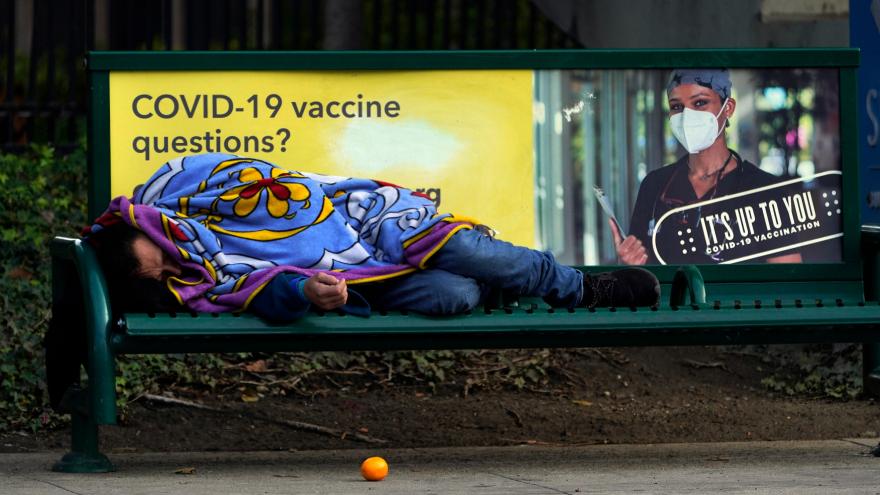The pandemic pushed nearly 100 million people in poverty. They’re struggling to escape

She and her husband, Pradip Roy, were garment workers in Bangladesh when the As the couple looked for new ways to earn a living, they struggled to adjust. They tried to find a loan to start a small business, but at first no one was able or willing to help. Some local nonprofit organizations asked for collateral, which they didn’t have.Hoping to land a job in agriculture, Pradip Roy approached some farmers. But he was dismissed as a “Dhaka man,” who wouldn’t be able to cope in harsh weather conditions, recounted his wife.Above all, “food was the biggest problem,” said 20-year-old Dipali Roy, who was pregnant at the time and sometimes could only have one meal a day through a public rationing program. “I didn’t know what to do … We would just have to sit and wait when they would bring food.” “But now we are having very good days,” she added, saying that she had regained hope for the future, and dreams that their six-month-old son will go on to get a master’s degree.Still, they have a reminder for the international community: do not forget those still left behind.”There are a lot of people like us who fell to the bottom,” said Pradip Roy. “So if you stand beside them they can also rise back up like us, slowly.” — Esha Mitra in New Delhi and Ivana Kottasová in London contributed to this report.







